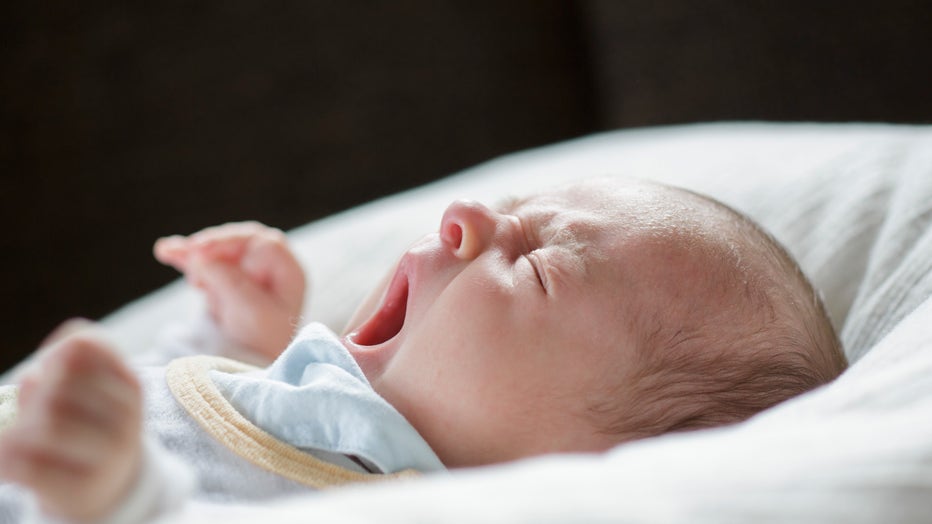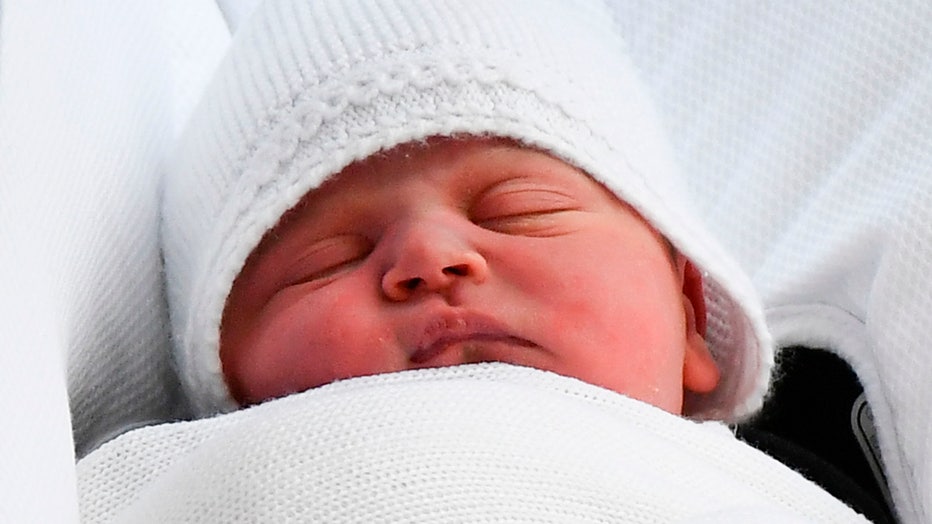FDA approves robotic bassinet to help keep babies sleeping on their backs

Snoo Smart Sleeper (PRNewsfoto/Happiest Baby, Inc.)
The U.S. Food and Drug Administration has approved a robotic bassinet designed to keep babies sleeping on their backs, reducing the risk of sleep-related injury or death.
The FDA granted De Novo approval this week to the Snoo Smart Sleeper, meaning it's the first and only device of its kind. The Snoo sleeper from Happiest Baby uses swaddles, patented looped "wings" and safety clips to keep infants on their backs while they sleep.
It’s made for babies who can’t roll themselves from their stomachs to their backs, typically those younger than 6 months old. The Snoo also gently rocks babies when they cry and soothes them with sounds while they snooze.
READ MORE: Pfizer's RSV vaccine 82% effective against severe infection in infants, data shows
At roughly $1,500 a crib, it’s a cost-prohibitive option for many parents, but Snoo inventor Dr. Harvey Karp hopes the FDA classifying it as a medical device will pave the way for it to be covered by insurance companies. He told KYW Newsradio that it’s used at more than 150 hospitals around the country.
Snoo Smart Sleepers can also be rented for $5 a day.
Why is back-sleeping best for babies?

(Photo by Thomas Trutschel/Photothek via Getty Images)
According to the American Academy of Pediatrics, about 3,500 infants die each year of sleep-related deaths, including sudden infant death syndrome (SIDS), accidental suffocation and strangulation in bed.
The best way to prevent these deaths, AAP says, is to "place your baby on his or her back for all sleep times – naps and at night."
"Even if a baby spits up during sleep, babies’ anatomy and gag reflex help prevent them from choking while sleeping on their backs," AAP says. "Babies who sleep on their backs are much less likely to die of SIDS than babies who sleep on their sides or stomachs."
The National Institutes of Health says infants who sleep on their stomachs:
- Are less reactive to noise
- Experience sudden decreases in blood pressure and heart rate control
- Experience less movement, higher arousal thresholds and longer periods of deep sleep
"The single most effective action that parents and caregivers can take to lower a baby's risk of SIDS is to place the baby to sleep on his or her back," the NIH says.
Doctors say babies should also sleep on a firm, flat surface, ideally a mattress in a safety-approved crib covered only by a fitted sheet.
"Some parents and caretakers might feel they should place their baby on a soft surface to help them be more comfortable while sleeping," the CDC says. "However, soft surfaces can increase the risk of sleep-related death."
What is Sudden Infant Death Syndrome (SIDS)?

(Photo credit: BEN STANSALL/AFP via Getty Images)
Sudden infant death syndrome (SIDS) is a term used to describe the sudden and unexpected death of a baby less than 1 year old in which the cause was not obvious before investigation, according to the U.S. Centers for Disease Control and Prevention,
It’s the leading cause of death in children between 1 month and 1 year old.
These deaths often happen during sleep or in the baby’s sleep area, and studies suggest stomach sleeping increases a baby’s risk of SIDS in multiple ways, including:
- Increasing the probability that the baby re-breathes his or her own exhaled breath, leading to carbon dioxide buildup and low oxygen levels
- Causing upper airway obstruction
- Interfering with body heat dissipation, leading to overheating

